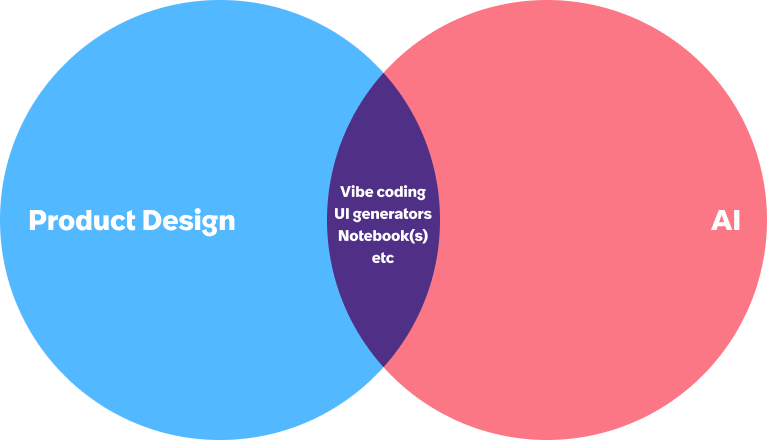
"A lot has been written about the evolution of user experience since before I ever sat in a Barnes & Noble for hours, trying to understand what the letters "H, C, and I" even meant. In the twelve years since that moment, the tools we use have matured, the rules for interaction have solidified, and the role of design has expanded. We have become a bridge connecting users, businesses, and the technologies that serve them."
"To do that well, we already think in systems, frameworks, research, and telemetry to influence metrics and drive better outcomes. If we take that same mindset and apply it to concepts from AI such as training corpus, loss, gradients, and intent, we can start to see a future where design is not just about arranging interfaces but about understanding how systems learn. That is the bridge I want to explor"
Product designers act as a bridge between users, businesses, and technologies, adapting as tools mature and interaction conventions solidify. The arrival of public AI requires rethinking interaction paradigms beyond conversational interfaces. Applying AI concepts—training corpus, loss, gradients, and intent—enables designers to view products as learning systems and to design feedback, intent capture, and metrics with system behavior in mind. Designers should leverage systems thinking, frameworks, research, and telemetry to influence metrics and outcomes. This mindset shift aligns design practice with how models learn and offers a path to shape future interactions and the role of design within AI-enabled products.
Read at Medium
Unable to calculate read time
Collection
[
|
...
]